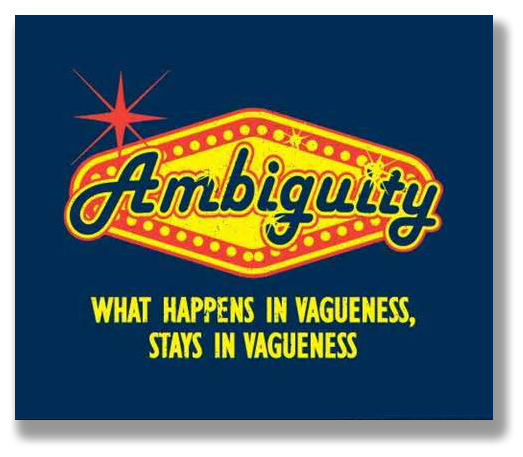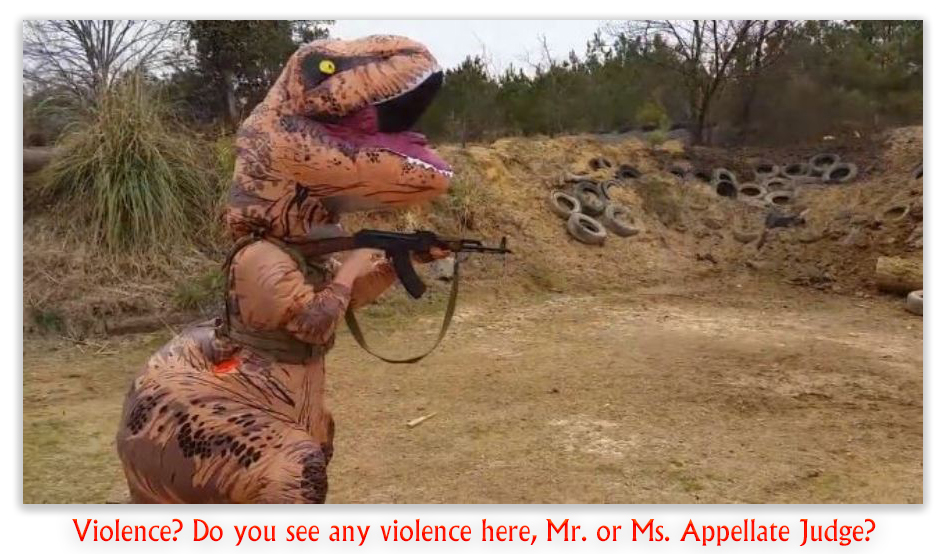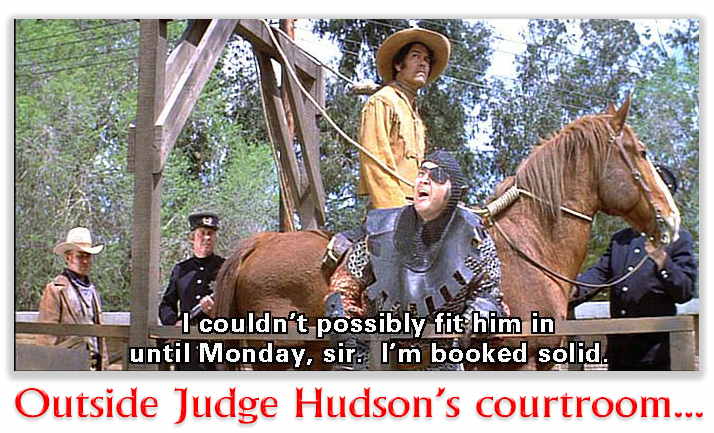We post news and comment on federal criminal justice issues, focused primarily on trial and post-conviction matters, legislative initiatives, and sentencing issues.

A 2255 PAIR
Two federal appellate court decisions last week of interest on motions for post-conviction relief under 28 USC § 2255:
Denaturalization is Too Collateral for Padilla, Circuit Says: In 2006, Abe Farhane – a naturalized American citizen – pled guilty to lying to the government and conspiring to commit money laundering. After Abe was released in 2017, the government started denaturalization proceedings to strip him of his citizenship under 8 USC § 1451(a) for having become a citizen by “concealment of a material fact or by willful misrepresentation.”
 Abe was still on supervised release after his prison sentence, which entitled him to file a 28 USC § 2255 motion for post-conviction relief. Abe filed a § 2255 motion claiming he received ineffective assistance of counsel because his lawyer never told him he might lose his citizenship and be deported due to his guilty plea. Had he known that, Abe argued, he never would have entered a guilty plea.
Abe was still on supervised release after his prison sentence, which entitled him to file a 28 USC § 2255 motion for post-conviction relief. Abe filed a § 2255 motion claiming he received ineffective assistance of counsel because his lawyer never told him he might lose his citizenship and be deported due to his guilty plea. Had he known that, Abe argued, he never would have entered a guilty plea.
His § 2255 was denied, and last week, the 2nd Circuit upheld the decision.
 The Supreme Court held in the 2009 Padilla v. Kentucky decision that a lawyer has a duty to “inform her client whether his plea carries a risk of deportation,” noting that there was no “distinction between direct and collateral consequences” of a guilty plea when measuring the effectiveness of counsel. But the 2nd Circuit said that Padilla had no role in this case, because “civil denaturalization is a separate proceeding that may or may not occur following the plea. The government exercises considerable discretion in bringing denaturalization cases, as does the district court in evaluating the evidence… indeed, the government could seek to denaturalize Farhane without relying on his guilty plea. Instead, it turns on the defendant’s actual conduct.”
The Supreme Court held in the 2009 Padilla v. Kentucky decision that a lawyer has a duty to “inform her client whether his plea carries a risk of deportation,” noting that there was no “distinction between direct and collateral consequences” of a guilty plea when measuring the effectiveness of counsel. But the 2nd Circuit said that Padilla had no role in this case, because “civil denaturalization is a separate proceeding that may or may not occur following the plea. The government exercises considerable discretion in bringing denaturalization cases, as does the district court in evaluating the evidence… indeed, the government could seek to denaturalize Farhane without relying on his guilty plea. Instead, it turns on the defendant’s actual conduct.”
The Court’s hair-splitting seems to be a distinction without a difference, as the dissenting judge in the 2-1 decision pointed out.
Farhane v. United States, Case No. 20-1666, 2023 U.S.App. LEXIS 20960 (2d Cir. Aug. 11, 2023)
![]()
Advertising Makes Illinois Drug Statute Overbroad: After Otis Elion pled guilty to distributing meth, and he was sentenced as a career offender under USSG § 4B1.1. That Guideline increases sentencing exposure dramatically for someone with two prior convictions for crimes of violence or serious drug felonies.
Otis’s attorney did not challenge that designation, and the court imposed a 167-month prison term.
In a § 2255 motion, Otis argued his attorney’s failure to object amounted to ineffective assistance because two of the three predicates were convictions under Illinois law for “look-alike” drugs, and those offenses did not fit within the statute’s definition of serious drug felonies.
Otis’s district court denied relief.
Last week, the 7th Circuit reversed, concluding that Otis was properly sentenced as a career offender and, therefore, did not suffer prejudice from counsel’s performance.
A “serious drug felony” is a federal drug trafficking offense or a state offense that matches the Guidelines definition of controlled substance offense. If the elements of the state crime are the same as, or narrower than, the elements of the Guidelines offense, “the crime of conviction qualifies as a predicate offense.”
 Otis’s Illinois offense made it “unlawful for any person knowingly to manufacture, distribute, advertise, or possess with intent to manufacture or distribute a lookalike substance,” and defines advertise as “the attempt, by publication, dissemination, solicitation or circulation, to induce directly or indirectly any person to acquire, or enter into an obligation to acquire” a controlled substance.
Otis’s Illinois offense made it “unlawful for any person knowingly to manufacture, distribute, advertise, or possess with intent to manufacture or distribute a lookalike substance,” and defines advertise as “the attempt, by publication, dissemination, solicitation or circulation, to induce directly or indirectly any person to acquire, or enter into an obligation to acquire” a controlled substance.
The 7th said the Illinois statute is broader than 21 USC § 841 and thus could not be a predicate for Guidelines “career offender” status. “Advertise is an independent word in the statute, and its definition uses the term induce, not sell or distribute. Given this, we decline to read ‘advertise’ as merely restating, in narrower terms, what other statutory language already covers. For these reasons, the look-alike statute’s inclusion of ‘advertise’ means it punishes a broader range of conduct than the Guidelines controlled substance offense.”
The Circuit reversed the denial of his § 2255 motion and remanded the case “for an evaluation of counsel’s performance.”
Elion v. United States, Case No. 20-1725, 2023 U.S.App. LEXIS 20286 (7th Cir. Aug. 7, 2023)
– Thomas L. Root













